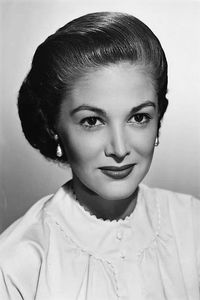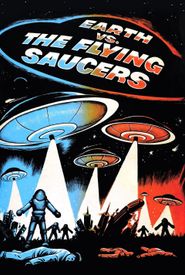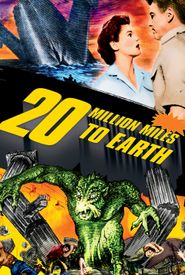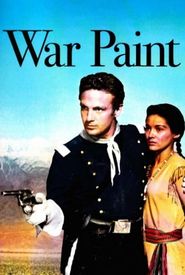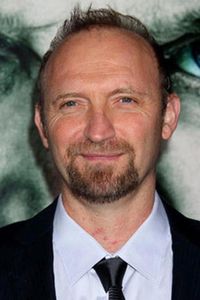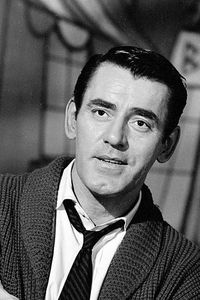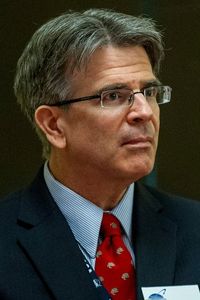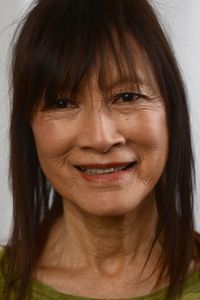Joan Taylor's mother, Amelia Berky, was a vaudeville singing-dancing star in the 1920s, captivating audiences with her talents. Her father, meanwhile, worked as a prop man in Hollywood during the same period, but after Joan's birth, the family relocated to Lake Forest, Illinois, where her father managed a movie theater. This move had a profound impact on Joan's life, as she developed a deep love for movies by watching countless films at her father's theater. She went on to graduate from the prestigious Chicago National Association of Dancing Masters.
With her passion for the performing arts, Joan made the bold decision to head to Hollywood in 1946, enrolling at the renowned Pasadena Playhouse. Her big break came when Victor Jory arranged an interview for her with producer Nat Holt, leading to her film debut in the Randolph Scott western, Fighting Man of the Plains, in 1949. Over the next several years, Joan appeared in numerous films, many of which were westerns, showcasing her versatility as an actress.
In addition to her film work, Joan also made numerous television appearances, including a recurring role in the popular series, The Rifleman, in 1958. However, it is her iconic roles in two sci-fi films that have cemented her place in the hearts of 1950s movie audiences: Earth vs. the Flying Saucers in 1956 and 20 Million Miles to Earth in 1957. After a successful two-year stint on The Rifleman, Joan decided to retire from films in 1963, bringing an end to her illustrious acting career.
